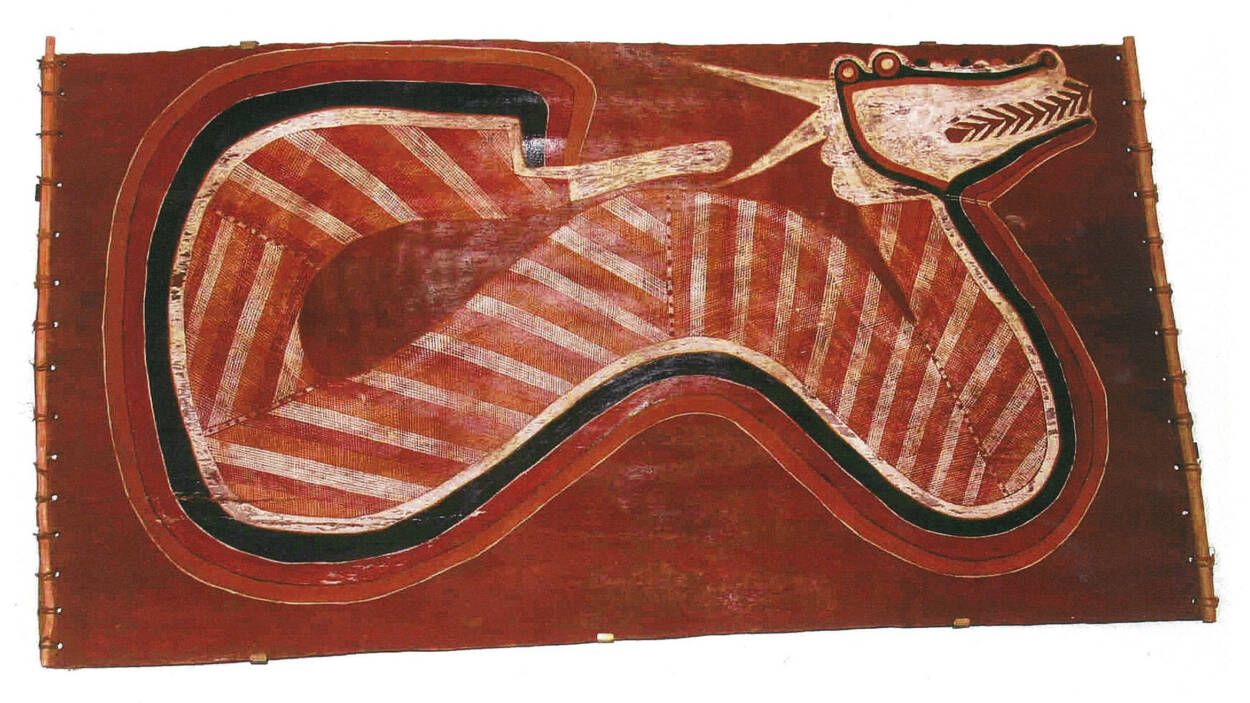About us
The NLC is an independent statutory authority of the Commonwealth. It is responsible for assisting Aboriginal peoples in the Top End of the Northern Territory to acquire and manage their traditional lands and seas.
Aboriginal land councils were set up in the early 1970s during the federal Government’s Aboriginal land Rights Commission (the Woodward Inquiry).
Land Councils are important bodies as they give Aboriginal peoples a voice on issues affecting their lands, seas and communities.
Key constituents of the NLC are traditional owners and the residents on Aboriginal lands. About 51,000 Aboriginal people live in the NLC region. The large majority of the NLC's constituents (some 75 per cent or 38,500 people) are residents in regional and remote locations.
The majority of Aboriginal people living within our region speak an Aboriginal language as their first language. Traditional Aboriginal law is practiced in many communities within our region.
Many major resource developments are taking place on Aboriginal land, land subject to Native Title rights and interests, or land and waters over which Aboriginal peoples assert interests. These developments include mining and exploration projects, the construction of railways, gas pipelines, army training areas, national parks, and pastoral activities. The challenge for the NLC is to ensure that social, economic and cultural benefits flow to Aboriginal people from these developments.
Aboriginal people are increasingly looking to participate in planning and development activities, while at the same time seeking to protect their culture and integrity.
The most important responsibility of the NLC is to consult with traditional landowners and other Aboriginal people with an interest in affected land. Landowners must give informed consent before any action is taken to affect their lands and seas. Achieving informed consent also ensures affected Aboriginal communities and groups have the chance to express their views.
Our logo
The NLC logo is derived from a painting by deceased Kunwinjku artist Curly Bardkadubbu from Marrkolidjban on the Liverpool River. He passed away in 1987. The painting is a western Kunwinjku depiction of the Rainbow Serpent, which is widespread in Aboriginal beliefs.


